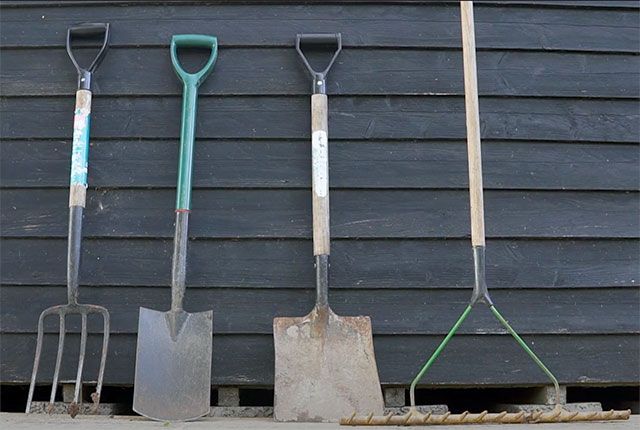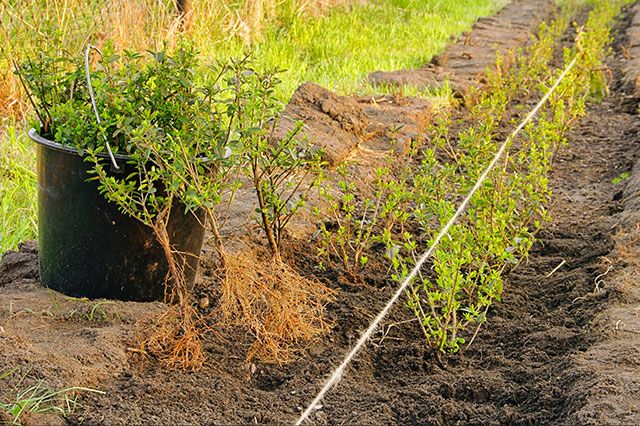Privet hedges are a semi evergreen, fast growing deciduous shrub featuring delicate white flowers that make a great addition to any garden. Not only do they provide privacy and security, but they also add a touch of elegance to your outdoor space and are ideal for urban areas.
However, planting a privet hedge can be a daunting task if you are not familiar with the process. That's why we've put together this ultimate guide on how to plant a new privet hedge.
Whether you're a seasoned gardener or a beginner, this guide will take you through the step-by-step process of planting privet hedging. From choosing the right location to maintaining your hedge, we've got you covered. So, let's get started!

Choosing the right privet hedge variety is important, as the privet family of plants have different characteristics and growth rates. Popular privet varieties include Common Privet (Ligustrum Ovalifolium), Golden Privet (Ligustrum ovalifolium Aureum) and New Zealand Privet (Griselinia littoralis) which all feature dense foliage, making them great choice for a formal hedge.
Our high quality privet hedge plants are available as bare root plants and pot grown plants.
The first step in planting privet hedging is to choose the right location. Here are some things to consider when selecting the perfect spot:
Once you've chosen the right location for your privet hedge, it's time to prepare the soil. Here's how to do it:

Now that you've prepared the soil, it's time to plant your privet hedge. Follow these steps:

Congratulations, you've planted your privet hedge! Now it's time to care for it. Here are some tips to keep your hedge healthy and looking its best:

The best time to plant a privet hedge is in the fall or early spring when the soil is moist and temperatures are mild.
Privet hedges need regular watering, especially during the first year after planting. Water deeply once a week to ensure the soil is moist to the depth of at least 6 inches.
Privet hedges can grow up to 15 feet tall and 12 feet wide, depending on the variety.
Prune your privet hedge in early spring or late fall to maintain its shape and promote healthy growth. Use sharp pruning shears to remove any dead or damaged branches.